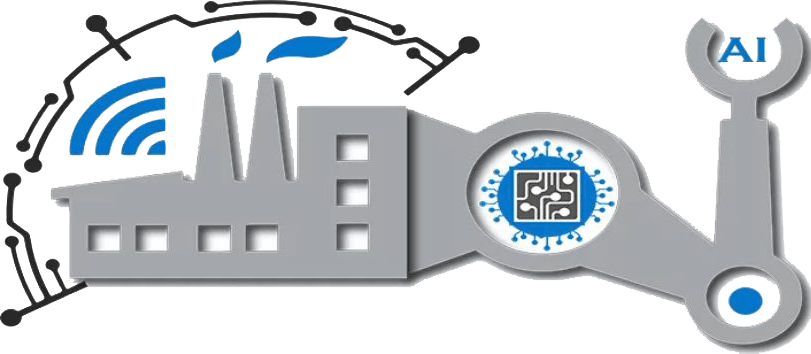Construction 5.0: Transforming the Building Industry through Digital Innovation
Abstract:
The construction industry is on the brink of a revolution with the advent of Construction 5.0, a paradigm that integrates advanced digital technologies to redefine the entire building lifecycle. This paper explores the key components, applications, and potential impact of Construction 5.0 on the construction sector.
1. Introduction:
Construction 5.0 represents a pivotal moment in the evolution of the construction industry, where digital transformation and technological innovation converge to optimize processes, enhance efficiency, and revolutionize traditional construction practices.
2. Key Components of Construction 5.0:
a. Building Information Modeling (BIM): BIM evolves in Construction 5.0, becoming a central digital hub that integrates project data, facilitates collaboration among stakeholders, and provides real-time insights into the entire building lifecycle.
b. Internet of Things (IoT) in Construction: The deployment of IoT devices in Construction 5.0 enables real-time monitoring of construction sites, equipment, and materials. Sensors and smart devices contribute to data-driven decision-making and improved project management.
c. Augmented Reality (AR) and Virtual Reality (VR): AR and VR technologies play a crucial role in Construction 5.0 by offering immersive experiences for project visualization, design validation, and on-site training, improving communication and reducing errors.
3. Applications in Construction 5.0:
a. Digital Twinning: Construction 5.0 introduces the concept of digital twinning, creating virtual replicas of physical construction projects. This enables real-time monitoring, analysis, and predictive maintenance for improved project outcomes.
b. Smart Construction Sites: IoT integration transforms construction sites into smart environments where equipment, materials, and personnel are interconnected. This connectivity enhances safety, efficiency, and overall project performance.
c. Automated Construction Processes: Robotics and automation become integral to Construction 5.0, automating repetitive tasks, such as bricklaying and concrete pouring, to increase efficiency, reduce labor costs, and enhance precision.
4. Challenges and Considerations:
a. Data Security and Privacy: The increased reliance on digital technologies in Construction 5.0 raises concerns about data security and privacy. Implementing robust cybersecurity measures is essential to protect sensitive project information.
b. Skill Gap and Training: The adoption of advanced technologies requires a skilled workforce. Addressing the skill gap through training and education programs is crucial for the successful implementation of Construction 5.0.
5. Future Perspectives:
Construction 5.0 envisions a future where construction projects are not only more efficient and cost-effective but also sustainable and adaptable. The integration of digital technologies facilitates smarter decision-making, collaboration, and improved project outcomes.
6. Sustainable and Adaptive Construction:
a. Green Building Practices: Construction 5.0 promotes sustainability through the integration of green building practices. Digital technologies aid in designing and constructing environmentally friendly structures, reducing the industry’s ecological footprint.
b. Adaptive Design and Construction: The flexibility offered by Construction 5.0 allows for adaptive design and construction, accommodating changes and future modifications seamlessly throughout the building’s lifecycle.
Conclusion:
Construction 5.0 marks a paradigm shift in the construction industry, leveraging digital innovation to enhance every stage of the building process. As the sector embraces this transformative era, the potential for increased efficiency, sustainability, and resilience in construction projects becomes increasingly apparent.
